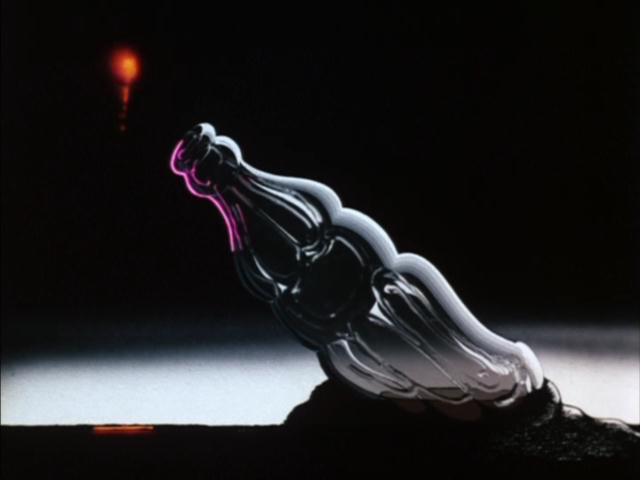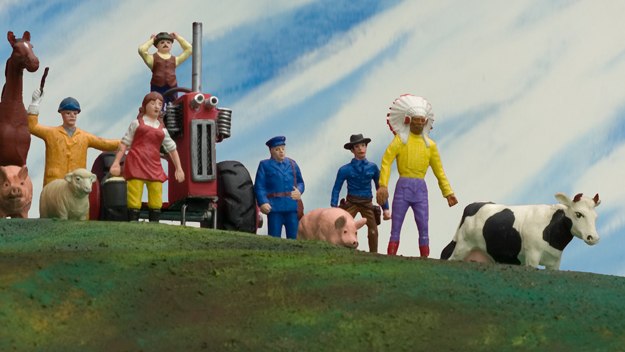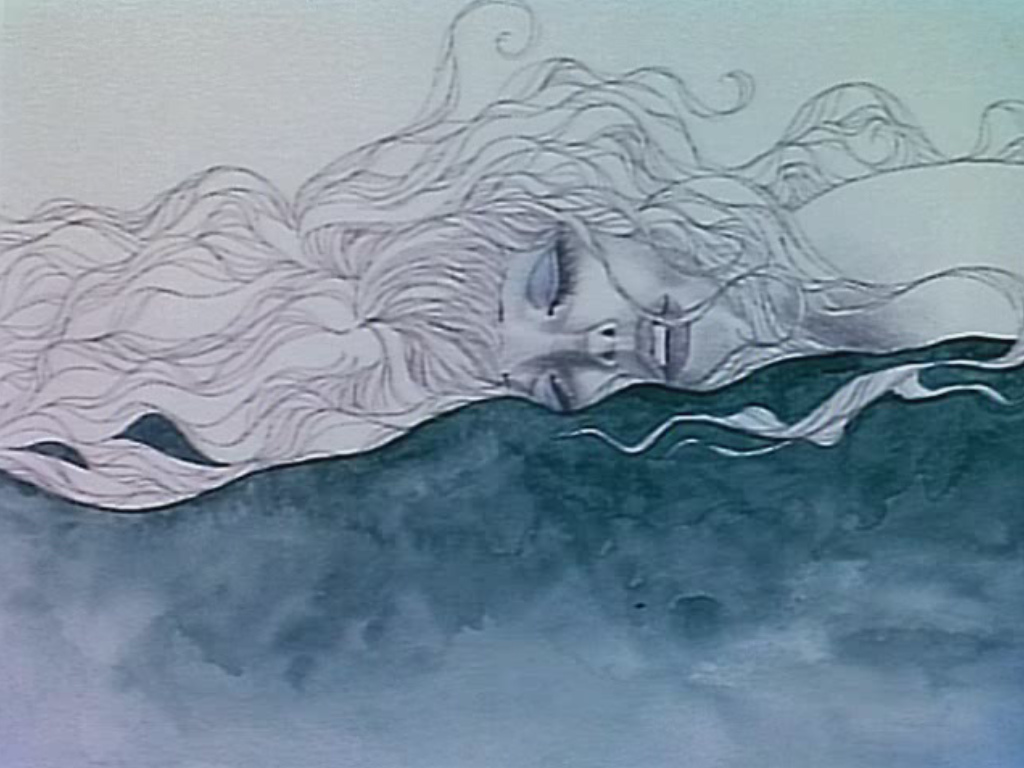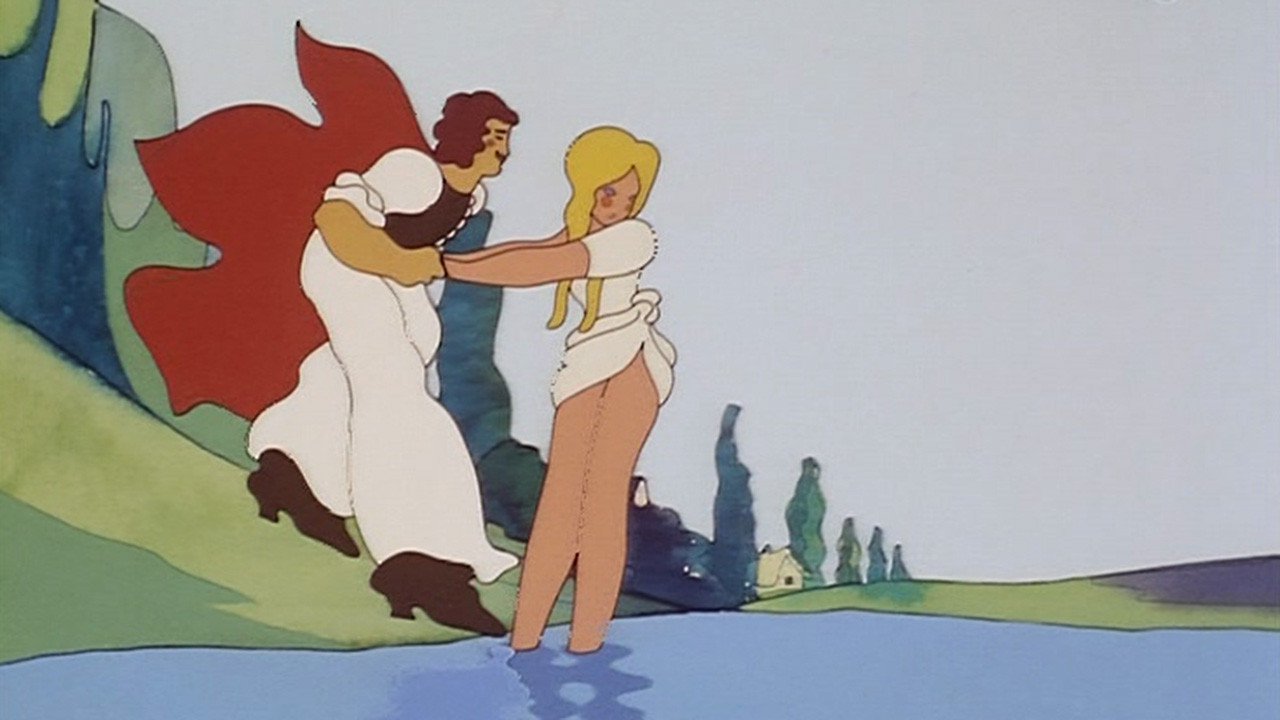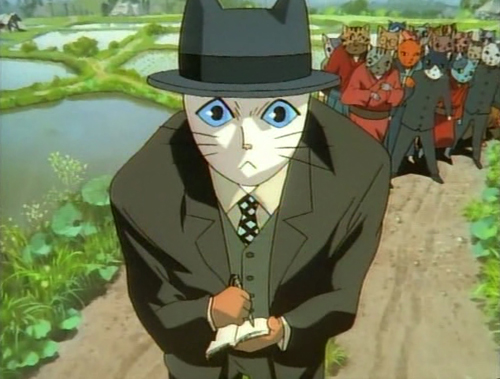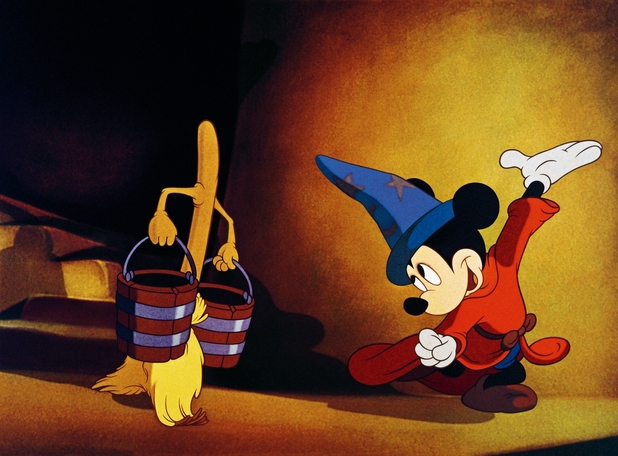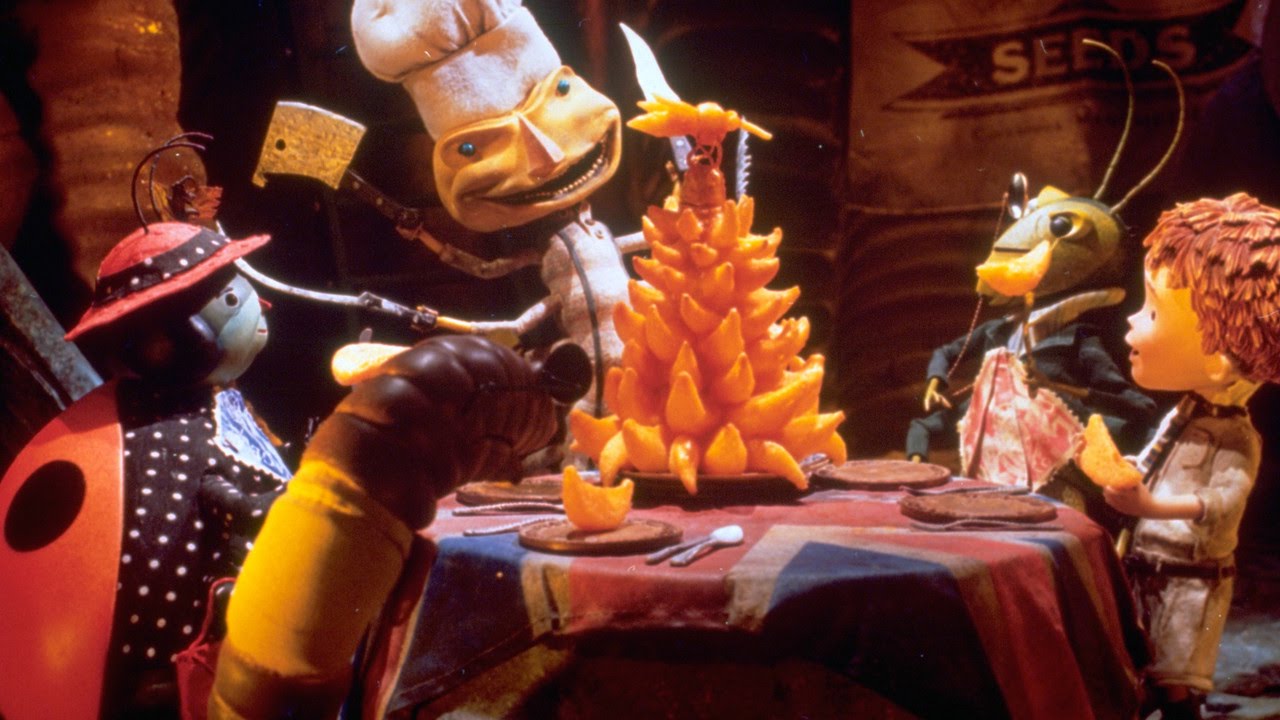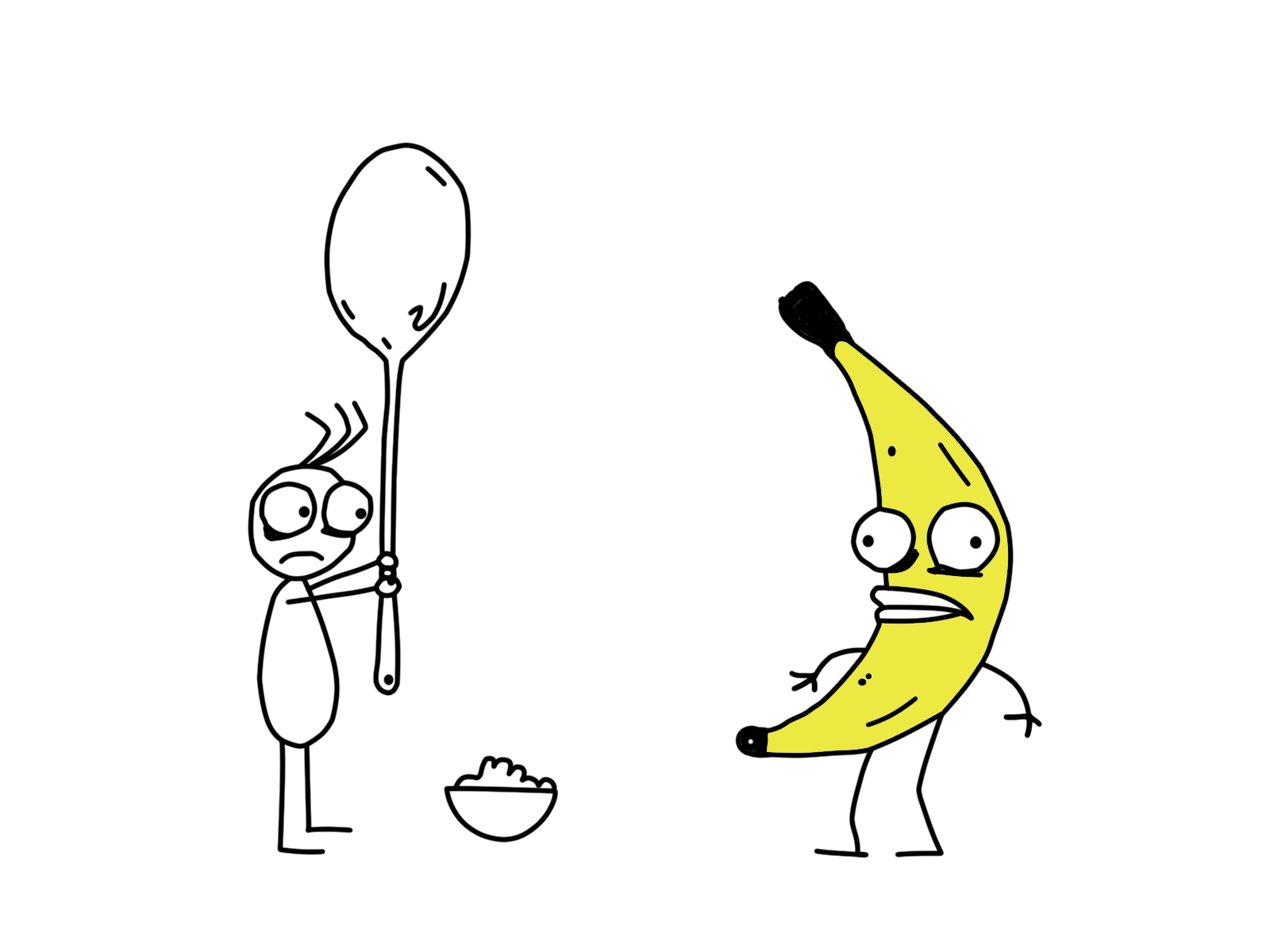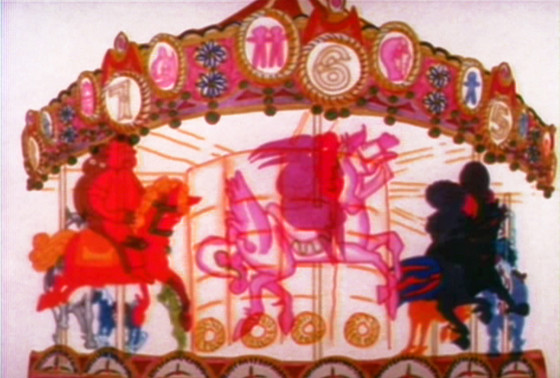9. Allegro non troppo (1976, Bruno Bozzetto)
Allegro Non Troppo is a parody of Disney’s Fantasia. That alone tells a lot about this film’s weirdness. Fantasia itself is sort of a magic mushroom experience set to classical music.
Allegro uses similar great classical composers like Debusey and Vivaldi to preach its message of life. A tongue in cheek gag that runs Fantasia’s themes of life and optimism into the ground. In 30 years since Fantasia, a lot those expectations shown in the Disney film have been found to be false promises. Life doesn’t always give you ballerina hippos.
10. A Town Called Panic (2009, Stéphane Aubier & Vincent Patar)
Someone accidentally dropped psychedelic drugs in a toy box. Everything comes to life, starts moving around, and speaking French. The cute factor outweighs the weirdness really and lends itself to a very fun experience. But that doesn’t stop it from changing the way you look at animation. It’s a really interesting use of stop motion and found objects.
A lot of the bigger studios need to take note. Not everything has to make sense all the time. Kids like when things don’t make sense. At least little weird kids who grow up to be artists do. Too many animated films these days are so structured; the idea of what constitutes a film is burned into little brains by the age of five or six. A Town Called Panic is a film that doesn’t worry about telling a logical story. When everything makes sense, you hurt the immersion and the experience.
11. Belladonna of Sadness (1973, Eiichi Yamamoto)
Possibly the most sexually charged film on the list; thanks given to the warped minds at Japanese animation studio, Mushi Production. It was never intended to sit well with a general audience, as it’s much too explicit to appeal to a large percentage of the population. There are however, those that will find the sexual deviant nature of the film enticing.
The animation certainly stands out as something different and exciting; combining still images with traditional animation technique. It’s full of color, most notably red, the color of blood shown as bodies are torn apart. Belladonna of Sadness isn’t something for everyone, but it finds a comfy home on this list.
12. Johnny Corncob (1973, Marcell Jankovics)
The second Jankovics film on the list is his first feature. In a similar vein to Son of the White Mare, Jankovics is most interested in combining folklore with non-traditional, modern animation techniques.
Animation and colors that take from the 1960s and the flower power movement. But it doesn’t feel like a rip-off of that San Francisco scene, Jankovics genuinely feels like his own artist. Making stuff that no other person has the ability to make, seeing forms and humans in a different way. The style of this film is the kind of thing you watch once and never forget. Seeing his images all around in every day life, re-thinking how things move and work.
13. Spring and Chaos (1996, Shoji Kawamori & Stuart J. Levy)
Spring and Chaos is a film dedicated to the life of poet Kenji Miyazawa. Of course, he is depicted as a cat in this made for TV film project. Everyone in this film is depicted as a cat, which makes perfect sense and doesn’t leave any room for questions. It’s one of the more recent films on this list, taking advantage of some CGI and cell shading animation that isn’t seen in and wasn’t available to earlier films.
While this film may not be as brain shredding as some of the other really far out psychedelic experiences, it will stick with you. It’s the message of living with passion and being possessed by ideas that’s the focal point. It’s a love letter to a poet who died at the age of 37, long before his work could be recognized for its merit. Made and released on the 100th anniversary of the artist’s death.
14. Fantasia (1940, Samuel Armstrong & James Algar etc.)
The epic 8-piece Fantasia was in a sense born out of happenstance. Mickey Mouse had lost a lot of popularity and Disney wanted to bring him back. They were in the process of making a short, The Sorcerer’s Apprentice, and ended up running way over budget. The wanted to bring in popular composer at the time, Leopold Stokowski to add some name recognition to the short. That ended up costing them around $125,000, way more than they originally had planned to spend on the short.
Throwing more money into this film, Disney wanted to create the illusion of being surrounded in sound at the theater. They introduced Fantasound, essentially the first appearance of surround sound at the theater. That, like Leopold Stokowski, wasn’t cheap to develop.
In an attempt to salvage the short, the film was to be accompanied by several other pieces and set to classical music. The geniuses working at Disney at this time ended up putting together one of the most cohesive and inspiring pieces of animation to date. It still holds up as one of the greatest examples of Disney’s power and imagination.
15. Cat Soup (2001, Tatsuo Satō)
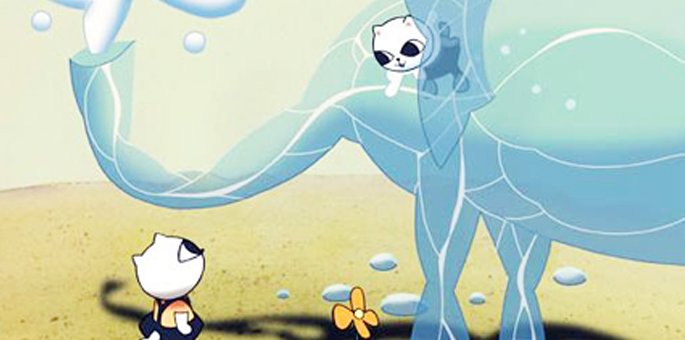
This is an adaptation of a manga, which can be a common trait among weird films. Somehow, Japan has found huge success through subversive, dark comics; often prominently featuring sex, violence, and death. Not many other cultures are so enamored with this type of animation for adults so it’s easy to conclude that many of the strangest of these films will come from Japan.
Cat Soup is the story of white cats (another common theme from Japan). Many interpretations are available but at it’s simplest it’s a tale that starts with a cat drowning in a bath tub and moving through sort of a death hallucination involving the cat’s older sister.
It’s only 34 minutes long, which makes it a great option to expose those who are unfamiliar with the morbid side of anime. Death is of course a reoccurring theme, and the soundtrack and style suit it nicely. With no spoken words, this is also an excellent example of how “silent” films can still work in today’s film world.
16. James and the Giant Peach (1996, Henry Selick)
Henry Selick’s best-known film is without a doubt, A Nightmare Before Christmas. That movie definitely has it’s own baggage and weirdness that could probably make the basis for a nice long thesis paper. The film he made directly after that, however, has advantages in certain departments. James and the Giant Peach is a more surreal vision. Based on the Roald Dahl story of a boy and some critters that fly on a giant peach on a quest to New York.
This Tim Burton-esuqe piece of work is something that could only succeed in the stop motion world. Stop motion by its very nature is unsettling. Seeing real objects manipulated onscreen to make up animated movements tricks our brain into a weird state of acceptance. Accepted are the strange peach flight crew and their mission. When the Giant Rhino emerges from the clouds to do battle, a real fear is conjured up. Many a nightmare was surely produced by this film being marketed exclusively to children.
17. Rejected (2000, Don Hertzfeldt)
The style found here is probably most recognizable from a series of Pop-Tart ads of late. This is simply Don Hertzfeldt messing around and coming up with stupid stuff to draw. Such quotable lines come from this little comedy like, “My spoon is too big.” And, “My anus is bleeding.” This was eventually what got Hertzfeldt recognized and got the attention of Mike Judge. The two went on to make an equally weird commentary on animation in The Animation Show.
The film itself stems from the creation of The Animation Show, a touring film festival of short animated pieces designed to get animators off of the Internet and into the theater. The Animation Show short film, which is about eight minutes long, is itself a satire that is the two comedians adhering to no structure.
Anyways, Rejected is the film that started this movement. And a film that got guys like Hertzfeldt who were into drawing stick figures out into the mainstream. Teaching that great animation doesn’t always look pretty.
17. Everybody Rides the Carousel (1975, John Hubley)
Another adventure undertaken by the Hubleys. Everybody rides the carousel is simply about growing up. It details 8 stages of developmental growth in humans and breaks them down into nice little bite size chunks everyone can absorb. Most notable for featuring Meryl Strep as a voice actress in the sixth stage of life, Young Adulthood. That time of your life when you come into your own and begin to open up to the possibility of sharing your life with another person.
The Hubleys always tackle the biggest, broadest topics it seems. But they made them fun, put a spin on some really serious stuff to make it seem like it wasn’t so serious after all. Everybody Rides the Carousel is a colorful, joyful little film that perfectly exemplifies their style. It takes an actual physical carousel and turns it into a metaphor for life.
The philosophy itself has been taken from Erik Erikson’s philosophy of development. Bonus knowledge: John Hubley worked on another one of the films in this list. Fantasia.
